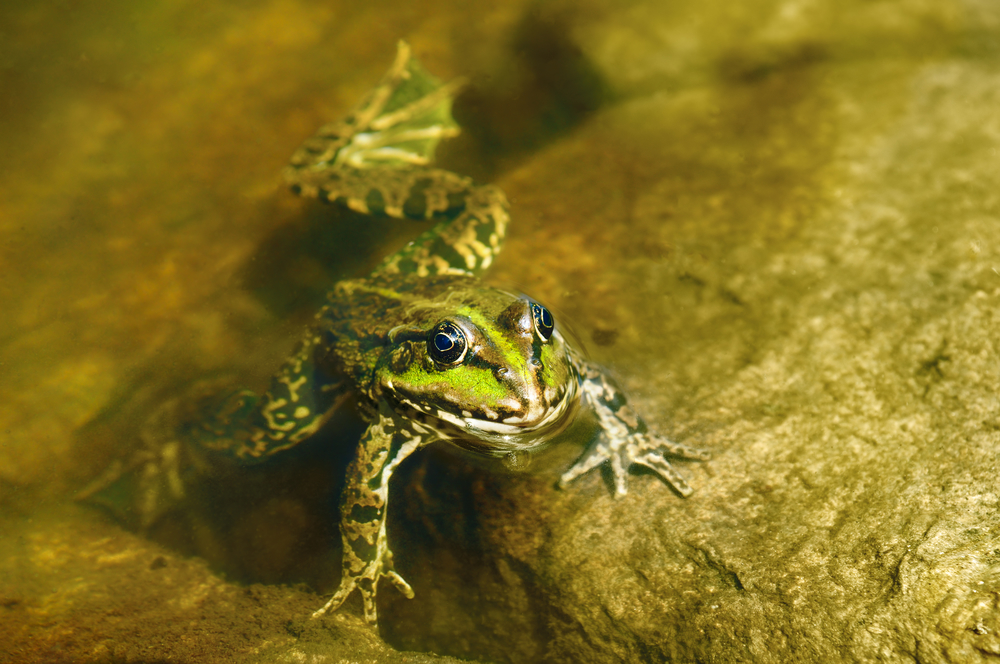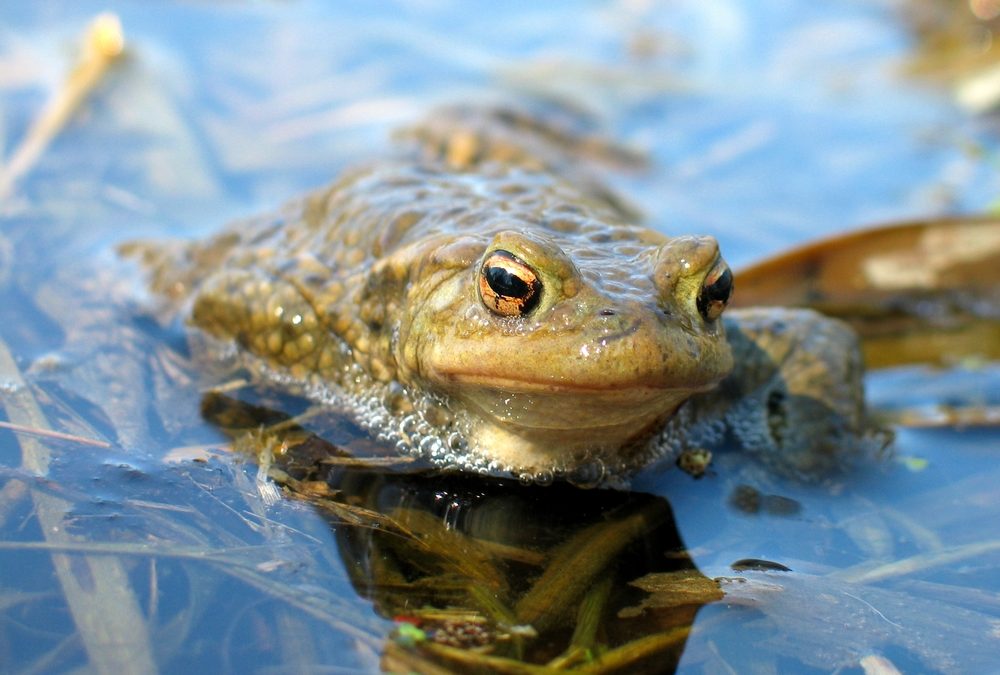Do you have a natural swimming pool or do you have a pond in your yard that became home to frogs this summer? What do you do with and about the frogs now that summer is over and winter is here? Do you have a responsibility to care for the frogs who have spent the summer with you? Many pool and natural pool owners find themselvesl taking care of pond frogs this winter, just because they hope they will survive the season and grace them with their presence again next summer.
There are very few frogs that will be able to survive in water that is below 32 degrees. They are cold-blooded amphibians and typically hibernate during the winter weather. What can you do to help them survive the season?
 Taking Care Of Pond Frogs This Winter
Taking Care Of Pond Frogs This Winter
- Give them a safe haven where they can sleep the winter away. Give them access to logs, cracks and crevices in rocks or even leave compost, soil or leaves next to the water where they can burrow into. Dead logs are also ideal hibernation spots for the frogs who spent their summer in your pool.
- Dig up a small hole and fill it with leaves or other natural debris into which frogs who burrow can nestle in. The hole should be about three feet deep and three feet square. You can put in loose, soft dry sand, cover it with compost and leave the frogs to their own devices if they decide to burrow there.
- Before the first frost, clean the pond where the frogs spend their summers. Don’t dismantle it for the winter season as the frogs are accustomed to it and may not be able to find a new space in which to hibernate. Many frog species will sleep on top oc mud or even sleep partially covered in water.
- If the pond is too clean, the frogs will avoid it and they also won’t have the debris they need to burrow into in order to survive a deep freeze.
- You may want to invest in a de-icing unit and install it in the pond to keep it from freezing. Many amphibians can survive in a pond that is cold but not if they get frozen into the water.
- If the pond freezes completely, make sure you create at least one large hole in the ice so the frogs can get out if they need to. A pond that is iced over won’t give any fresh oxygen to the frogs — something they need to survive. To break a hole, do not use a hammer or shovel as this can harm the frogs. Fill a bucket with hot water, tie a rope to the bucket handle and set the bucket on top of the ice. Hold it until the ice beneath it melts and the bucket begins sinking into the ice. Keep it up until the ice is completely opened up.
If you decide you want to capture the frogs and bring them indoors for the winter, you will want to put them into a cool basement but you will have to provide them with live food. If the frogs are kept cold, but not cold enough to hibernate they will need access to food regularly.

